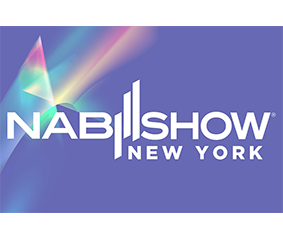As we discussed in our previous blog, community media stations typically operate on tight annual budgets that limit the workers they can hire and the video gear they can buy. Despite these operational constraints, they are obligated to provide high-quality closed captioning to make their videos fully accessible to all viewers, including the deaf and hard of hearing.
If they also want to make select gems from their media library available for streaming on demand, these assets must also be captioned prior to distribution. To be cost-effective, the same workflow that captions the live video should also be able to handle the potentially high-volume of archival video captioning.
With its enCaption closed captioning system, ENCO makes video captioning readily available and affordable to community media channels so they can comply with mandates and better serve their viewers’ needs. Given the time- and labor-intensive nature of this workload, it’s particularly advantageous that enCaption fully automates the end-to-end captioning process, generating accurate captions without human touchpoints or quality compromises.
As their video distribution options expand, community media stations can rely on enCaption to streamline live and archival captioning by:
• Automating speech-to-text conversion in near real-time
• Creating accurate, synchronized, industry-standard captions
• Enabling high-volume processing of archival video
• Complying with accessibility mandates
• Working anytime in-house, without having to hire captioning services
• Packing comprehensive capabilities into a compact, software-driven appliance
In our next blog, we’ll look at how another ENCO solution, ClipFire, automates the scheduling and playout of live and pre-recorded media on multiple channels. Click here to learn more about how enCaption and ClipFire constitute a unified, premise-based captioning and playout workflow that is powerful yet affordable to community media.








